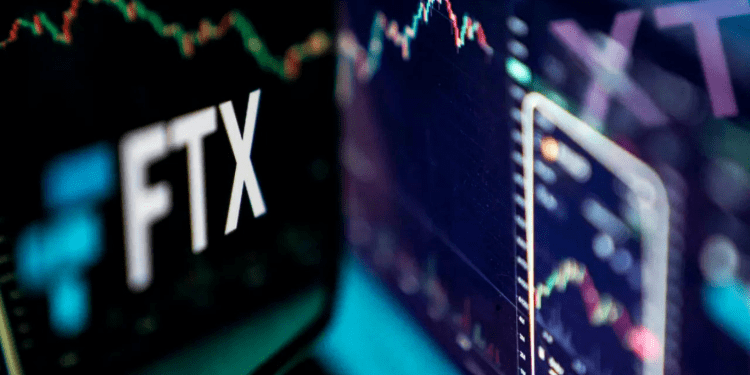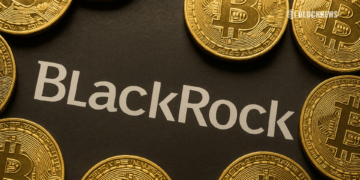- Bankrupt cryptocurrency exchange FTX has initiated talks with interested investors to finance a potential reboot of the exchange.
- As part of the revival plan, FTX is considering a rebranding and intends to offer its current creditors a stake in the reorganized crypto exchange as a form of compensation.
- The firm still faces significant financial and legal challenges, including a near $2 billion financial deficit and ongoing legal proceedings.
Bankruptcy doesn’t always signal the end; sometimes, it can pave the way for a fresh start. A compelling example of this is the troubled cryptocurrency exchange FTX, which appears to be inching closer to a potential reboot. The once-bankrupt firm, led by CEO John Ray, has reportedly begun talks with interested investors to finance this daring new venture. But, while the talks continue and the bidding floor remains open, questions loom over whether this brave move will be enough to restore confidence and breathe new life into the embattled crypto firm.
From Bankruptcy to Potential Revival
FTX’s journey has been nothing short of tumultuous. The firm filed for Chapter 11 bankruptcy protection in the US following a spectacular collapse, marking a high-profile downfall in the crypto industry. Founder Sam Bankman-Fried faced allegations of fraud, leading to customer withdrawals worth billions of dollars. The fallout was a crippling blow to FTX’s liquidity, and the firm’s potential rescue deal with rival exchange Binance fell through.
Despite the blow, FTX is now moving forward, having begun the process of soliciting interested parties to support the relaunch of the FTX.com exchange. Preliminary discussions have included potential structures such as joint ventures, with blockchain lending company Figure among the entities expressing interest.
Rebranding and Compensation: A Potential Path Forward?
Part of FTX’s revival strategy is a potential rebranding. It’s expected that the exchange will not take on the moniker “FTX 2.0” or any other derivative of its original name. Instead, it will likely choose a different brand identity, distancing itself from the ghosts of its past.
Moreover, as an attempt to settle outstanding financial obligations, current FTX creditors might be offered a stake in the restructured crypto exchange. These forms of compensation, along with other undisclosed methods, aim to give the firm’s creditors the best possible outcome in terms of repayment. It’s a strategy that, on paper, seems designed to mollify past wrongs and establish a foundation of goodwill for the future.
A Challenging Road Ahead
FTX’s potential reboot is by no means a guaranteed success. The firm still grapples with a near $2 billion hole in its books, and recovery efforts have been complicated by alleged misuse of customer assets by key FTX leadership. Legal proceedings persist against former regulatory officer Daniel Friedberg, who stands accused of paying “hush money” to silence potential whistleblowers and approving fraudulent transfers and loans.
The timeline for the new exchange’s launch is tentatively set for the second quarter of 2024, but as FTX’s legal team suggests, there’s still a long and uncertain path ahead. The market’s trust is a delicate and often fickle thing, and regaining it will require more than just a new name and a revised business model.
FTX’s revival represents a bold and risky attempt to rise from the ashes. With strategic restructuring, significant capital injection, and a renewed dedication to compliance and transparency, FTX may yet find a way back. However, the journey to redemption is fraught with challenges, and only time will reveal if the beleaguered exchange can truly rise again.














